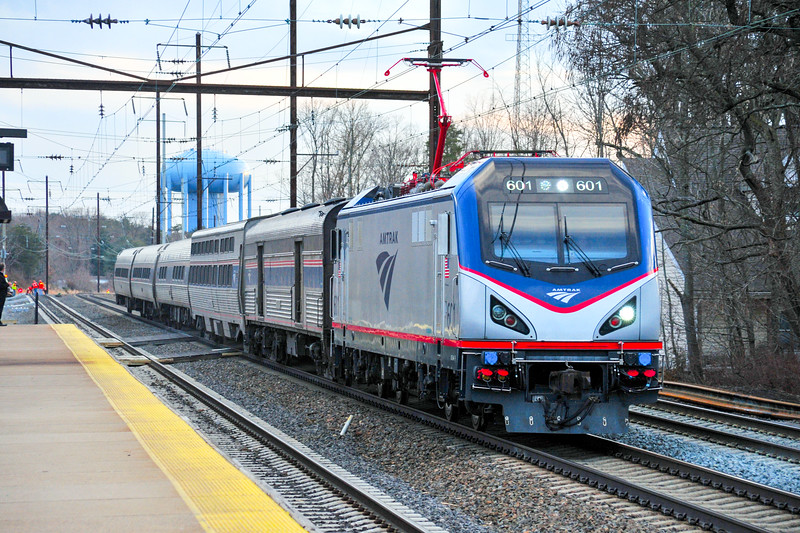You're thinking about airplane controls or automobile controls. Your confusion is understandable.
I understand the normal procedure in this territory is for the engineer to advance the throttle to Run 8 and allow the train to continue to accelerate until a short distance before the curve, when he would have eased back on the throttle and made a controlled brake application to bring the train down to an appropriate speed for the curve. One possible scenario is that a projectile struck the locomotive just about the time he should have been beginning to decelerate. In this scenario, he was briefly rendered incapable of carrying out his normal routine procedures.
The engine does not immediately stop accelerating just because the engineer takes his hand off the throttle. A motion sensor detects an engineer's lack of movement after a short time and an audible alarm is sounded. If he does not respond after another short time period (varies), then the brakes are automatically applied. In this highly unusual case, he took his hand off the throttle while the engine was at 60 or 70 miles per hour and still accelerating. According to this scenario, the engineer was incapacitated during this brief period. In the following seconds, the alerter probably sounded (speculation on my part), and Engineer Bostian responded before the system had a chance to apply brakes. He hit the red emergency brake button, which "dumped the air", putting the train into a full emergency stop. I understand the speed dropped from about 106 or 107 m.p.h. to about 102 m.p.h., at which point he entire train derailed.
You may think the system should stop the train any time the engineer takes his hand off the throttle. Over the course of a trip, many, many changes in throttle settings are necessary between Washington and New York. There are also many times when the engineer can take his hand off the throttle. If the system demanded that he keep his hand on the throttle constantly, it would be almost impossible for a normal human being to do so. In fact, the very act of maintaining constant throttle contact would probably be very distracting in itself.
The area is said to be a high crime area where trains are routinely "rocked" as they pass by. Rocks, bricks, etc. are thrown at passing trains from trackside or from bridges. This has been the case for generations. I understand President Theodore Roosevelt's train got the rock treatment in 1905.
It is understandable that engineers are reluctant to move through this area any more slowly than absolutely necessary. I believe Bostian, aware of the rock problem, wanted to get to the curve as quickly as possible, decelerate to the regulation speed, then accelerate to get out of town as quickly as possible. If the projectile theory holds, then the rock(s) interfered with his ability to do so.
I must add that the final explanation has still not been determined.
Tom






